


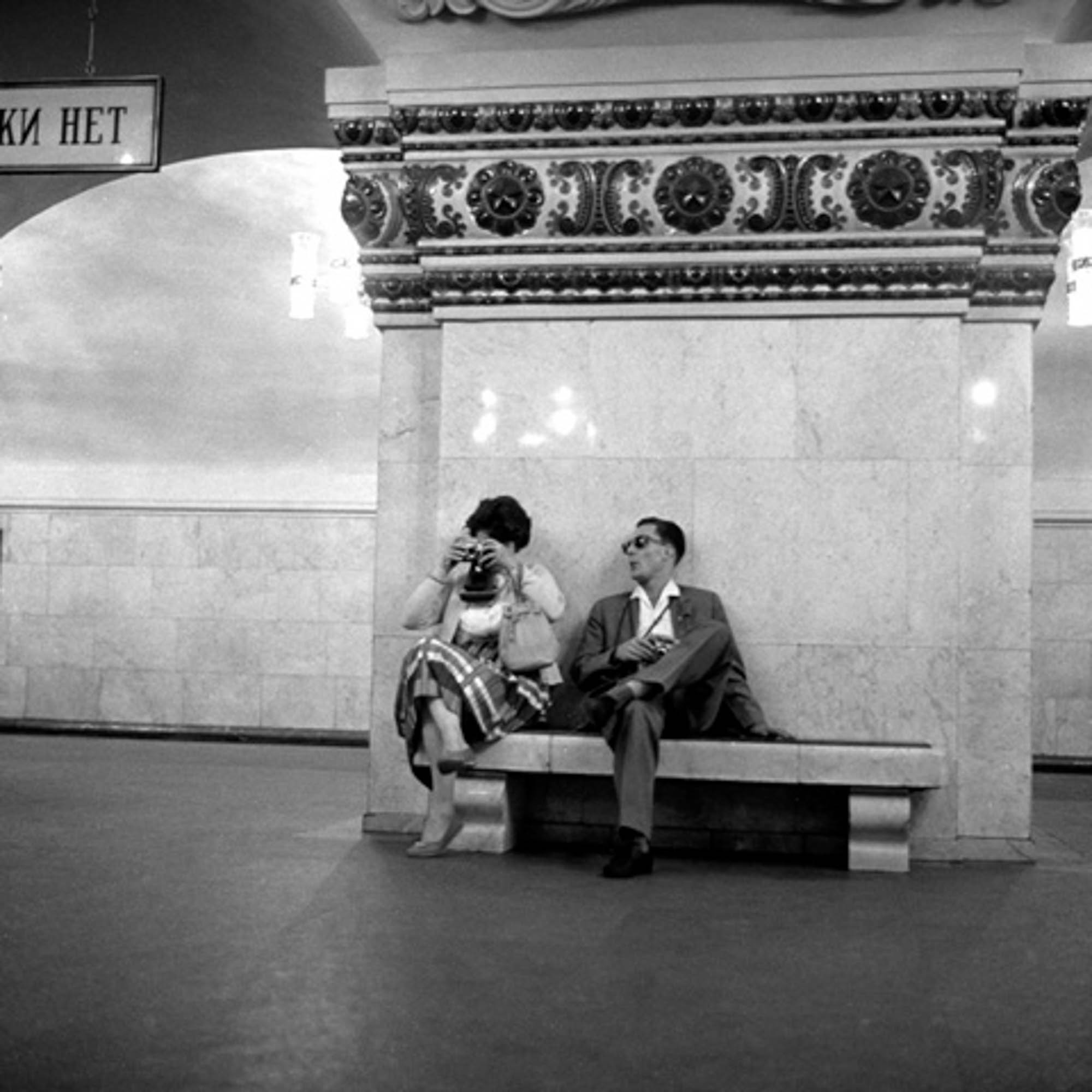
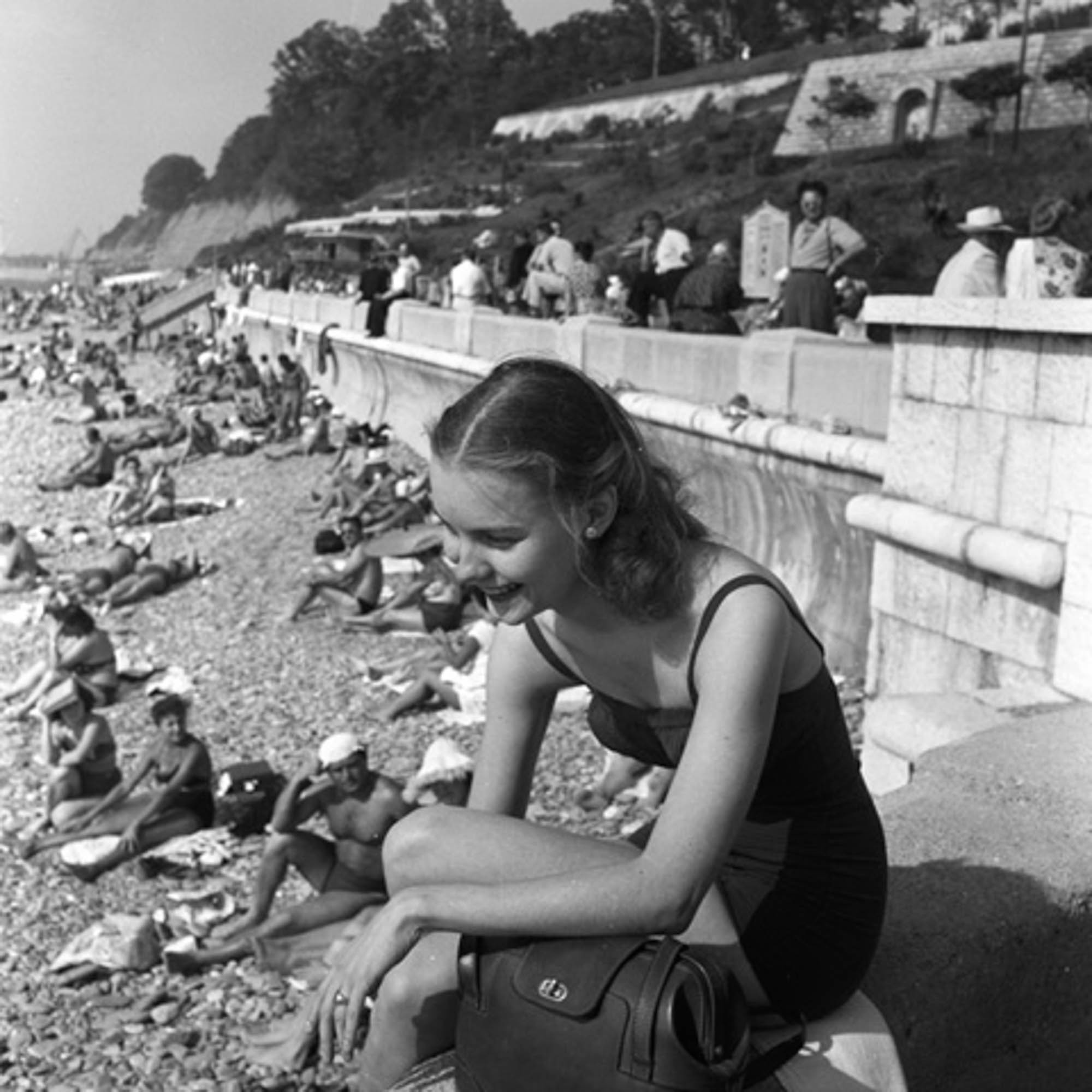

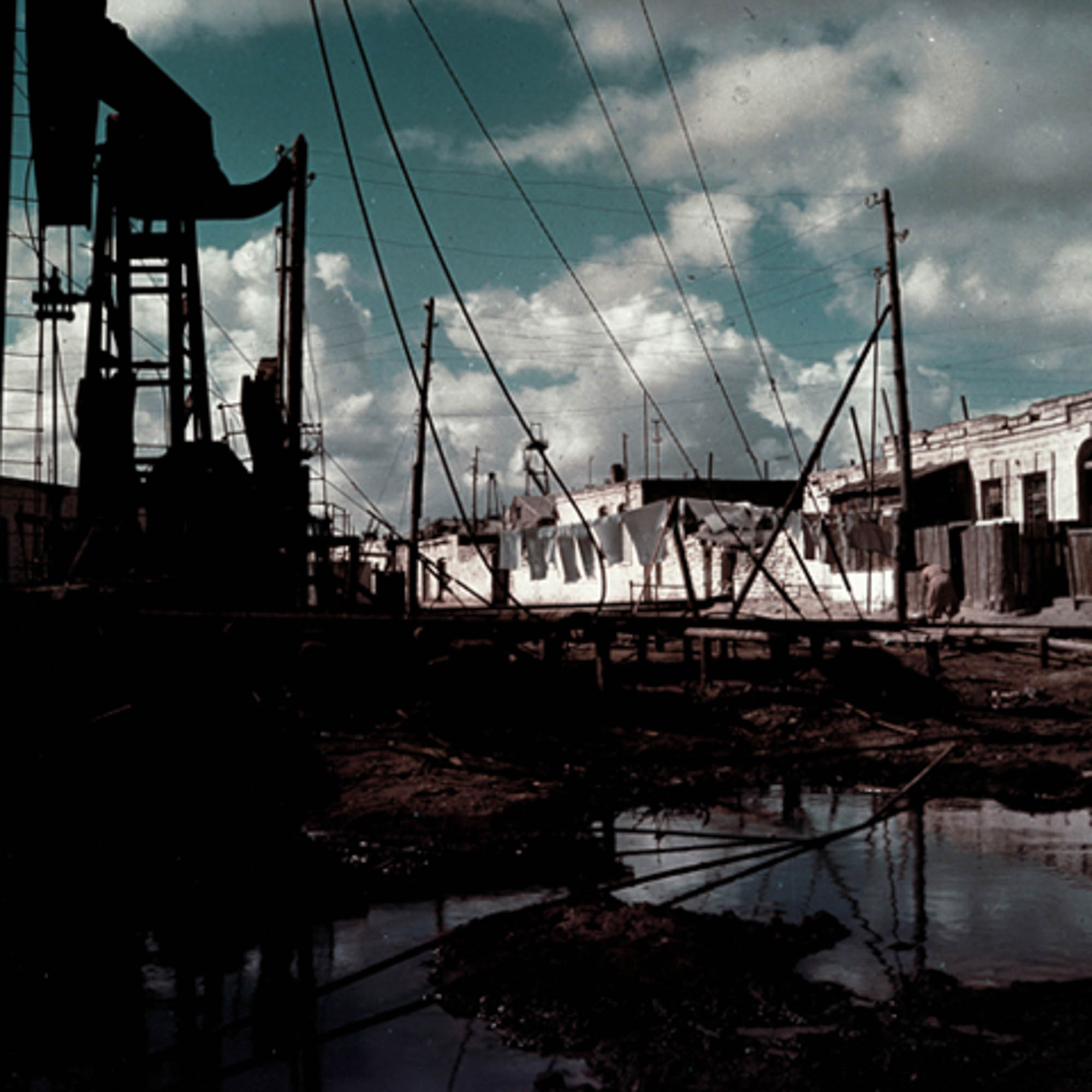
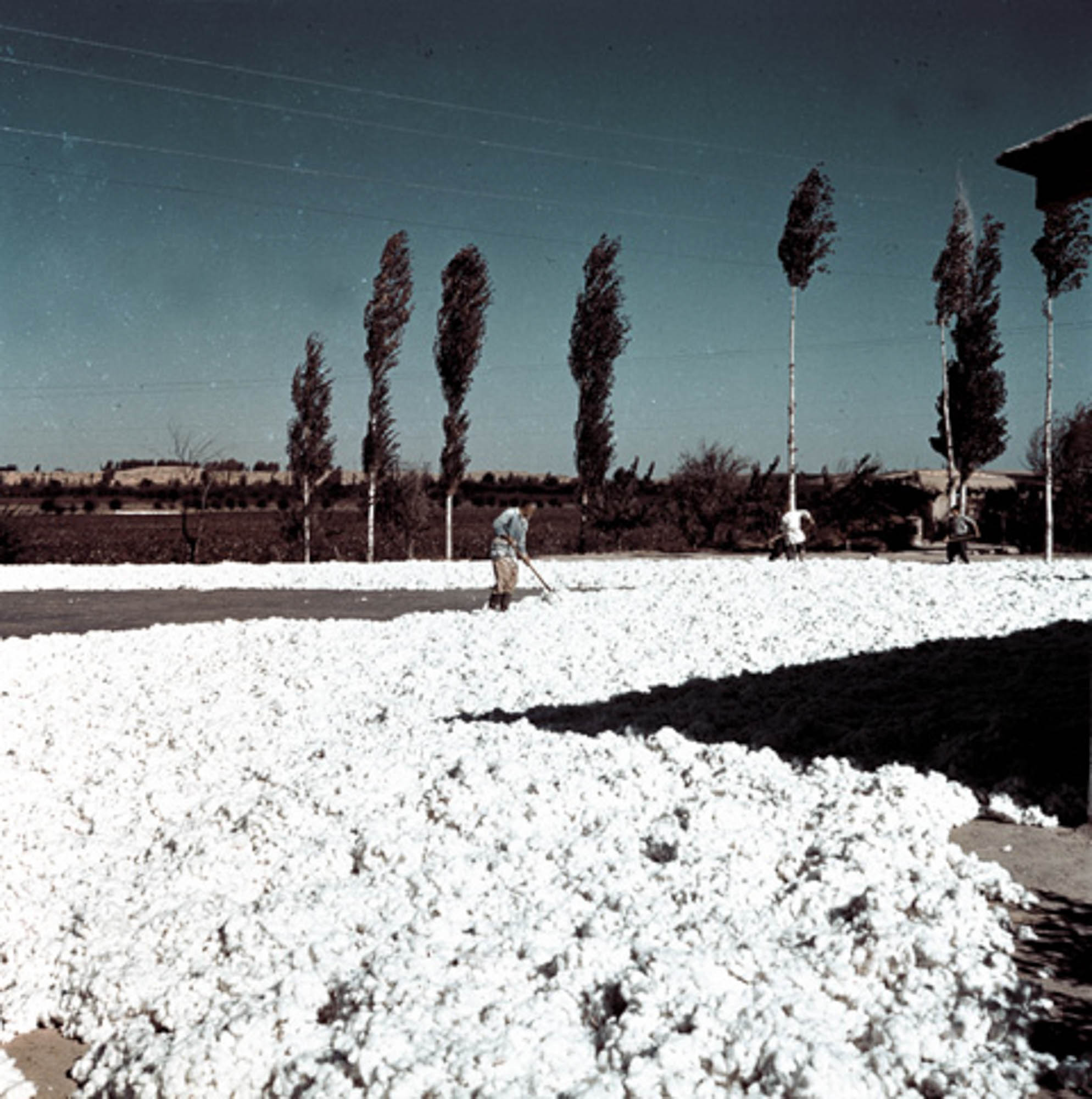



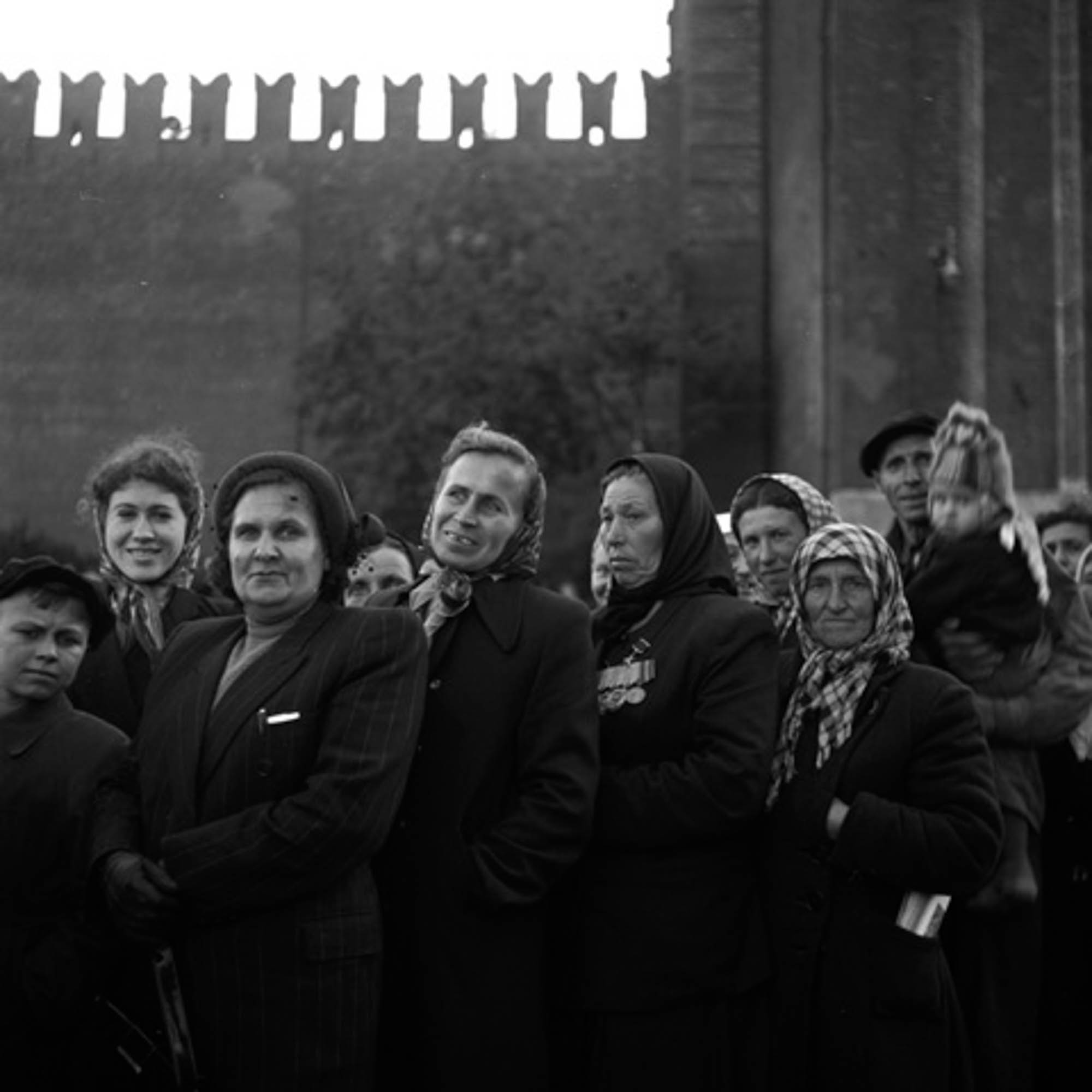
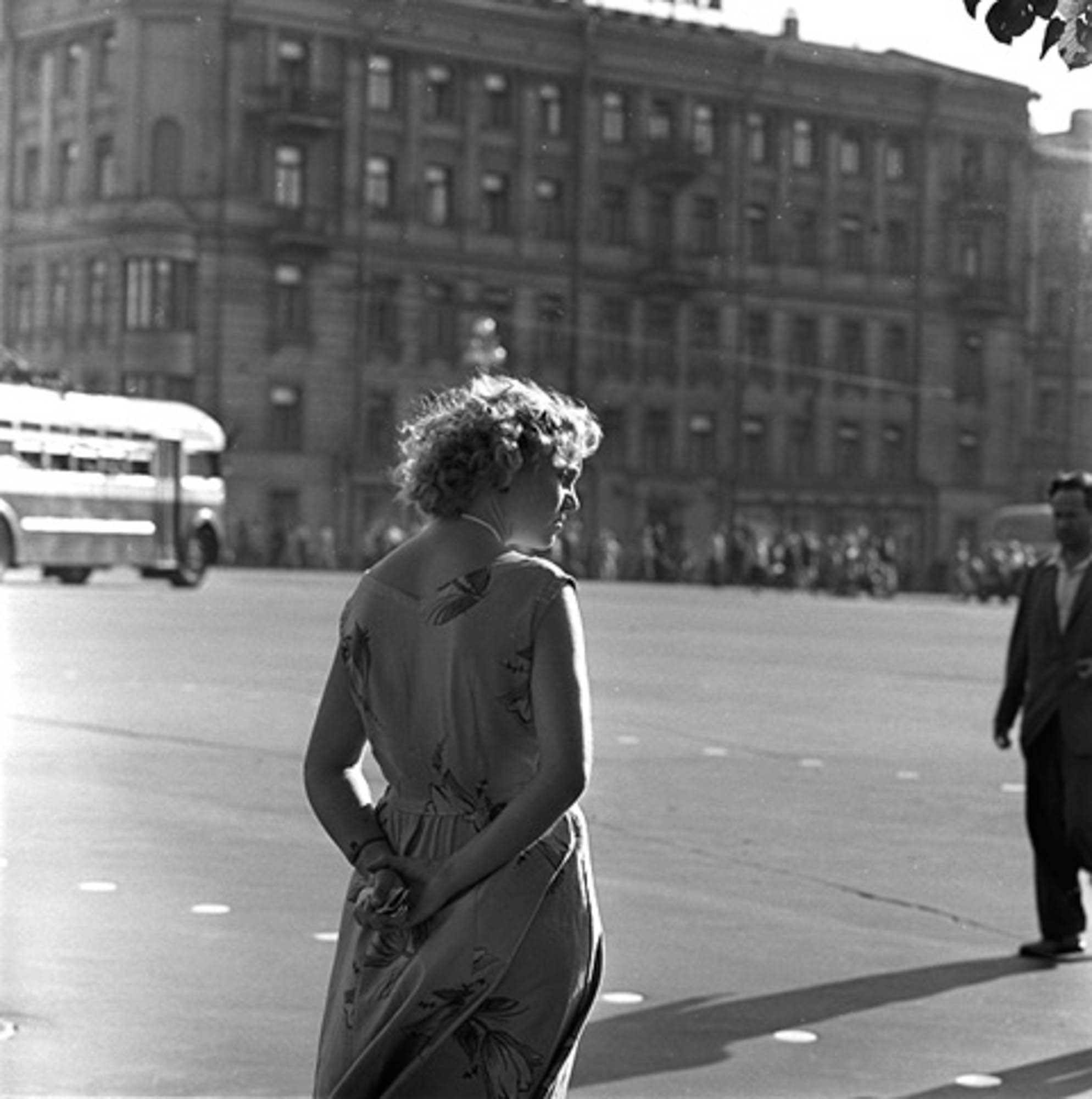
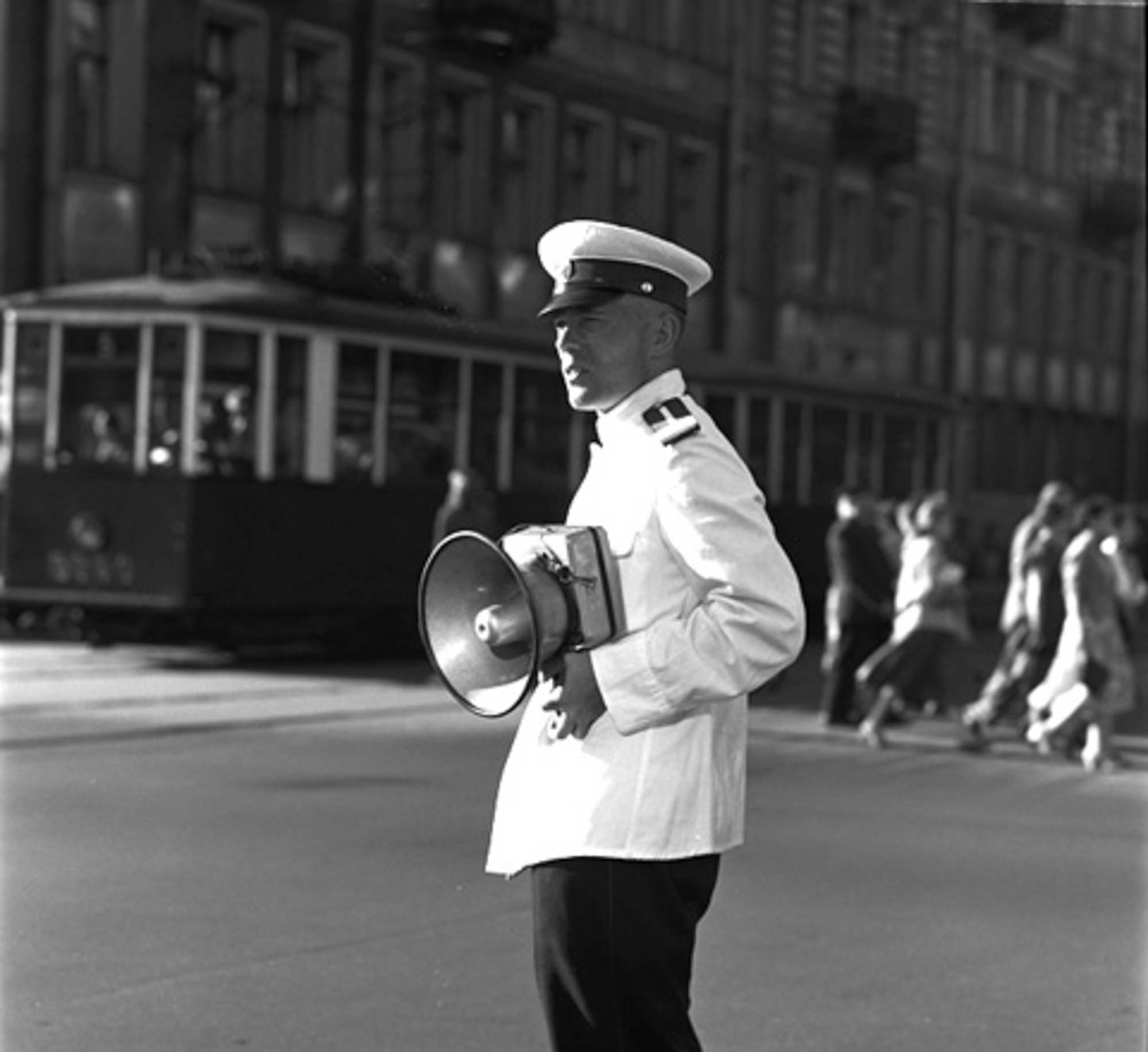

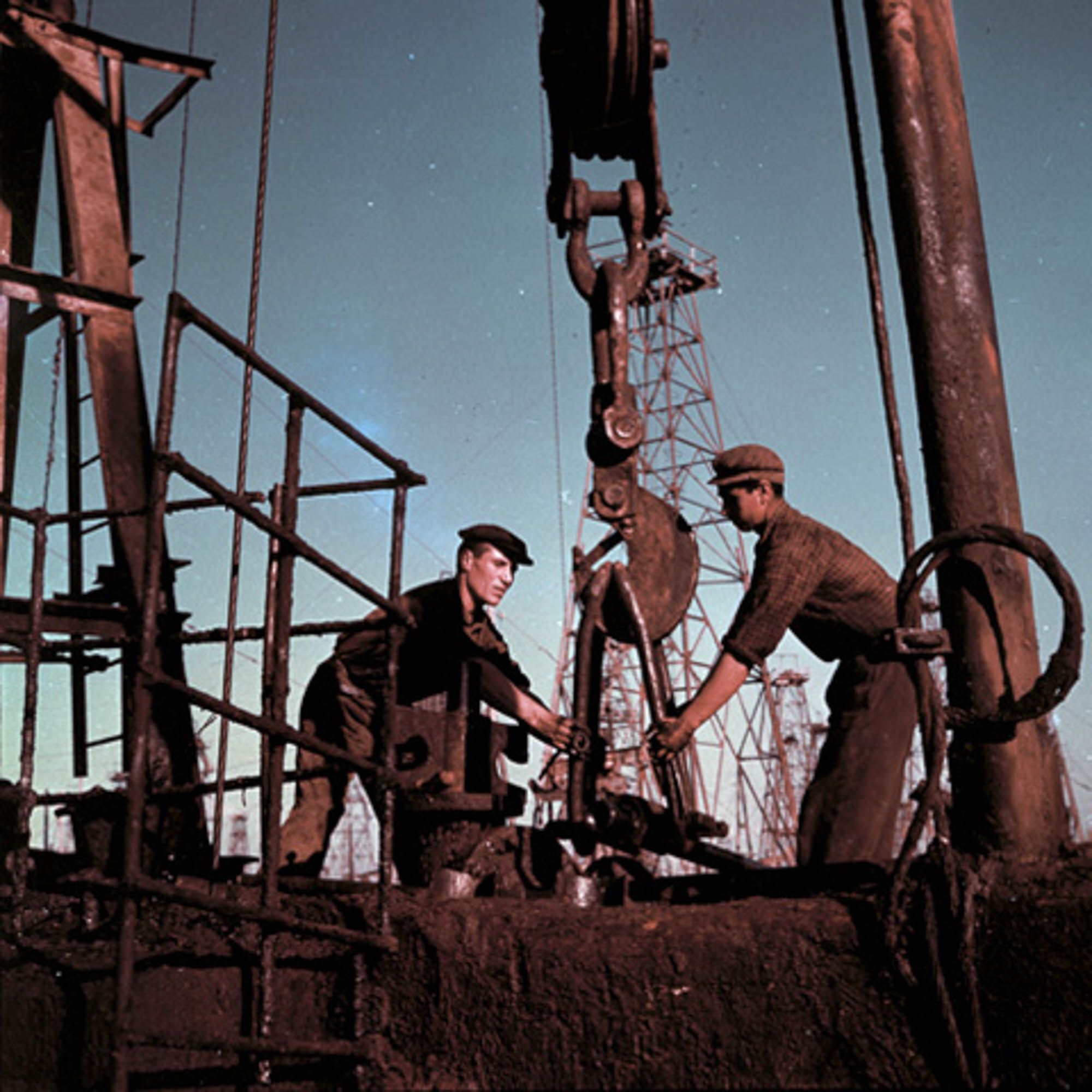

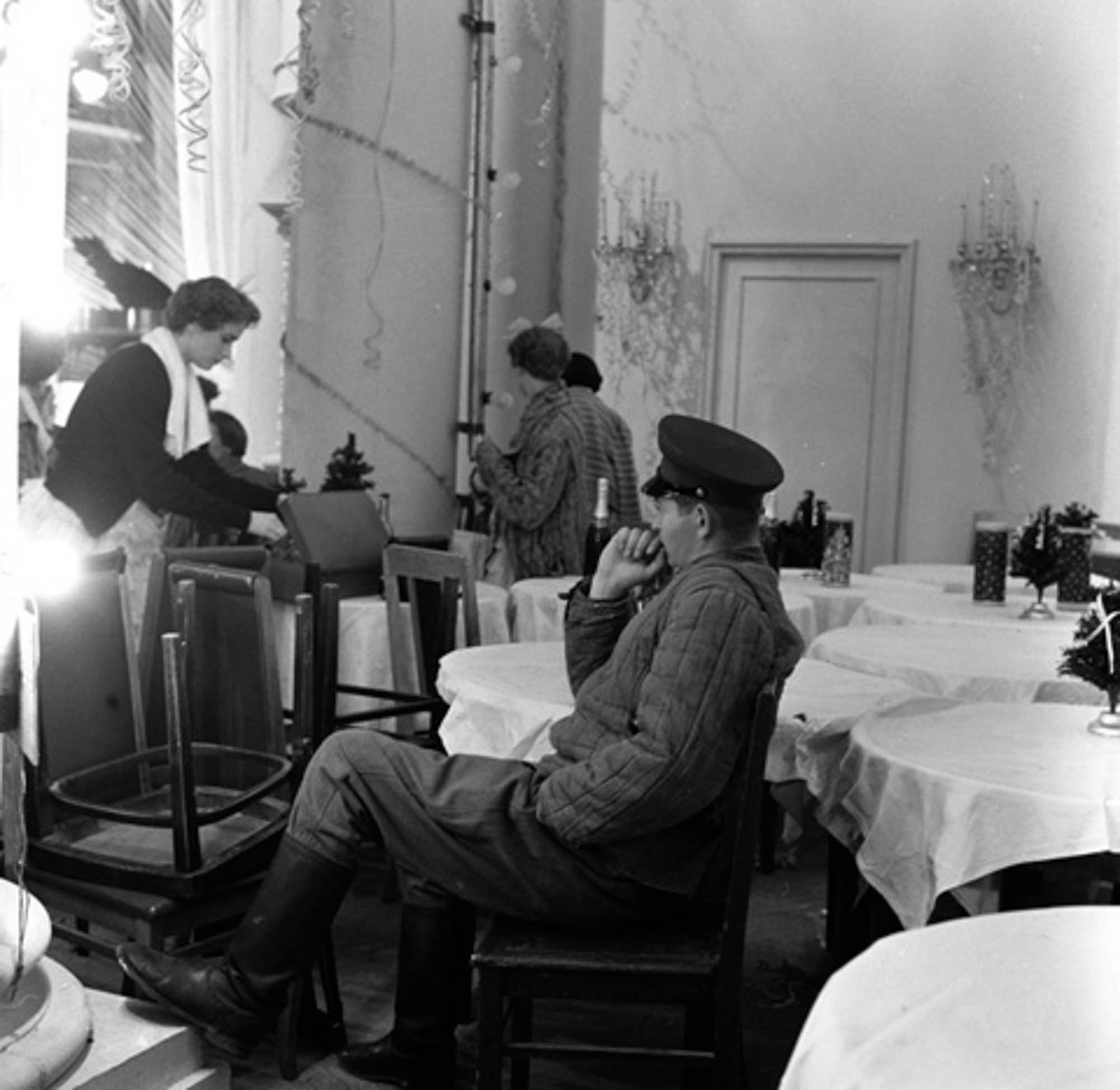
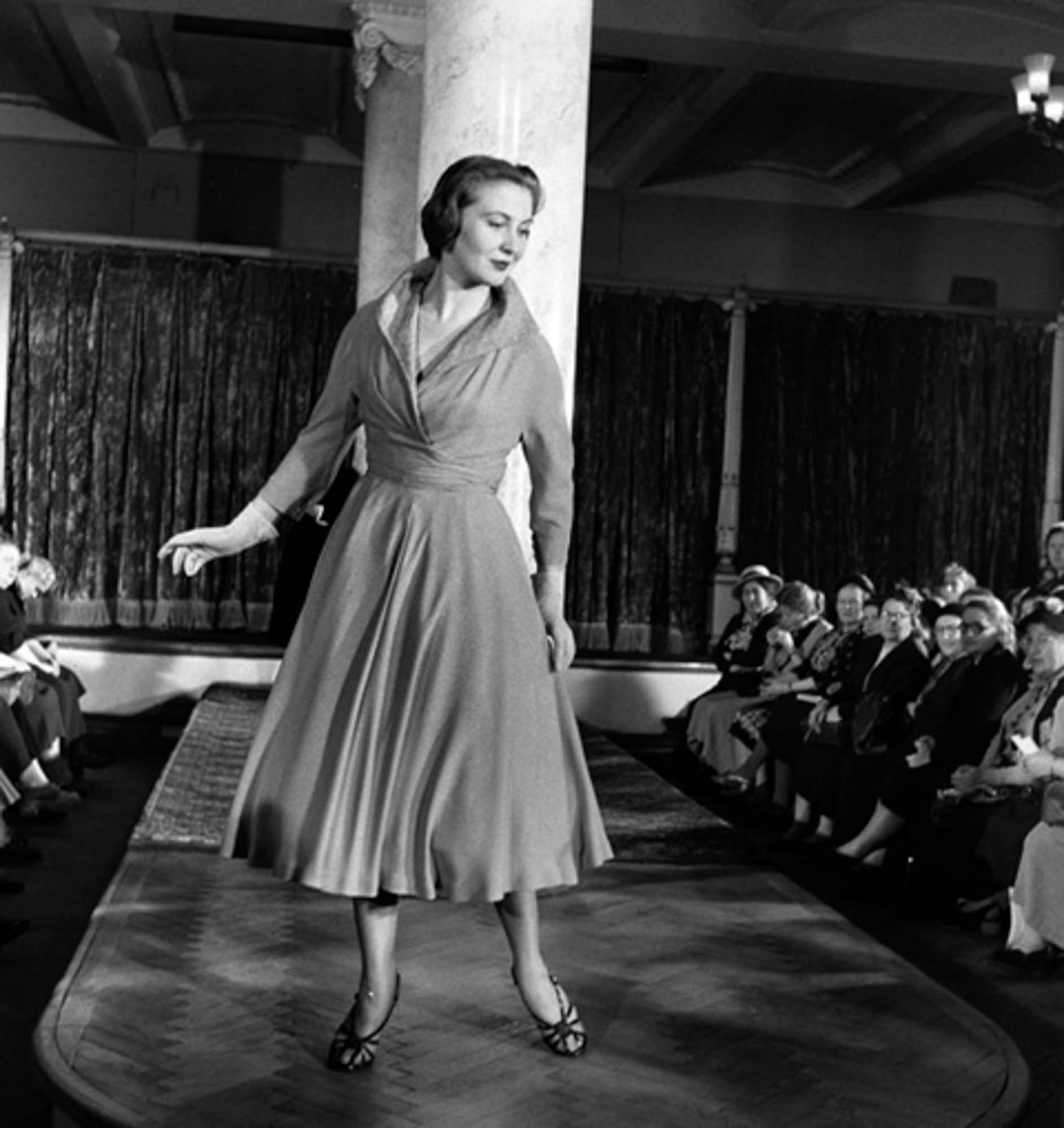

RTR gallery presents the world premiere of Peter Bock-Schroeder photographs, saved from censorship. « Going East » exhibition gathers small vintage prints from the early days of colour photography as well as black and white modern prints that transport us to the USSR in the late 50's. Through the eyes of a young German reporter, we discover the Russian faces, the crowd of the big ceremonies, the courageous workers… but also some intimates moments, when the hot summer looks to soften the severe regime.
The first German photographer allowed to enter USSR
For decades the Eastern giant had been the great unknown on the international scene. The Iron Curtain separated the huge Empire between the Baltic sea and the Pacific from the rest of the world. Only scanty news and rumors trickled through. After Stalin's death in 1953 the force of total control was loosened. Western reporters and photographers began to define and to gather a new mosaic-like picture of Russia. In 1956, only one year after the peace treaty between Russia and Germany, and after long negotiations with the Sovjet authorities, a West German Film Production Team obtained the authorization for filming in the USSR. Peter Bock-Schroeder was hired as the team's photographer. He was the first official German photographer to be allowed into the USSR after the second World War. During the reportage all members of the production team were subject to strict censorship. The film cameras had to follow a script that was monitored by the authorities. Peter Bock-Schroeder, equipped with only a double lens Rolleiflex, was able to work almost without restriction and interference.
A longing to find his own roots
Bock-Schroeder felt privileged and honored to photograph this beautiful country and his people. But there was also a longing to find his own roots. His father who he had never met was Russian, and although he didn't speak the language and it was his first time in the country he felt a strong affinity for Russia. His journey took him through the huge space of the former Soviet republics - from the oriental south to the far north, from western Russia to the Siberian east. He photographed people, the big cities, the historic buildings and gigantic construction sites. Peter Bock-Schroeder was amazed by Russia and the Russians. He admired their culture, their friendly nature and their hospitality.
A risky refusal to censorship
Bock-Schroeder's photographs show the differences and similarities between lifestyles in the East and the West of the late 1950's. His work describes the Russian daily life in all its austerity and authenticity. He also witnessed solemn religious services and processions of the Orthodox Church, photographed the Bolshoi Theater in Moscow and took part in sport events and military parades.
On the eve of his departure for West Berlin, Peter Bock-Schroeder sewed the exposed rolls of film into his trench coat. By doing so he knew he was taking a risk, but after having witnessed and survived a dictatorial regime in his own country he refused to subdue to censorship.
